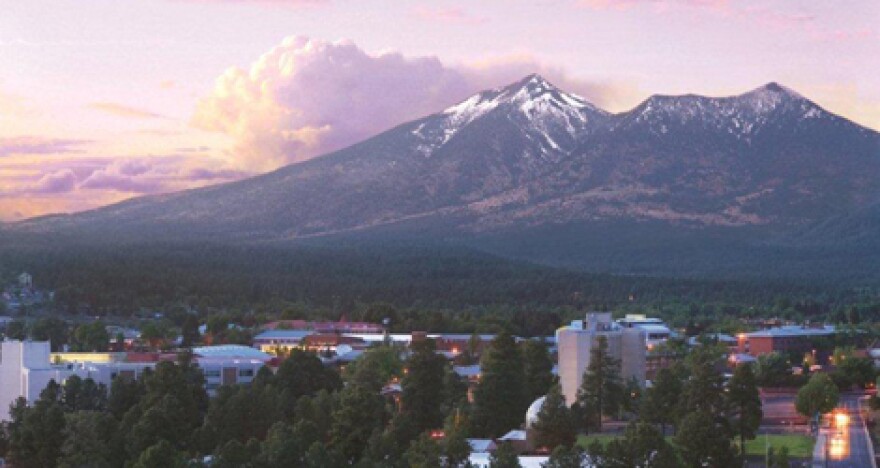Last night, the Flagstaff City Council unanimously voted to send its Regional Plan to voters. As Arizona Public Radio’s Ryan Heinsius reports, the plan contained some last-minute compromises.
One of the most notable issues at the council meeting was to further bolster Flagstaff’s dark skies initiative. That includes minimizing development and lighting in the Lowell Observatory area. Council member Celia Barotz, who pushed for protecting Flagstaff’s dark skies, was pleased with last night’s vote.
“It demonstrates our community’s long-standing commitment to protecting our astronomical resources. So, I’m really grateful that that change was included,” Barotz said.
The council also voted to include a policy regarding the city’s climate change resiliency. It’s aimed at reducing Flagstaff’s vulnerability to some of the potentially negative impacts of climate change.
For months the council had debated some 200 changes to the Regional Plan. But, Flagstaff mayor Jerry Nabours said the final draft reflects the community’s diverse perspectives.
“Not every citizen in Flagstaff agrees with every other citizen on the future of Flagstaff or on the look of Flagstaff or on what Flagstaff should be doing … But, I think this Regional Plan tries to incorporate many of the varied opinions and kind of come to a consensus. And I think it works as that,” Nabours said.
The regional plan was four years in the making. It was collaboratively drafted by the Flagstaff City Council and citizen advisory groups.
By law, every community in Arizona with more than 2,500 residents must update a general plan every decade. The Flagstaff Regional Plan will be up for a mail-in-ballot vote on May 20.







